Home>Furniture & Design>Interior Design Trends>What Is Glass Art
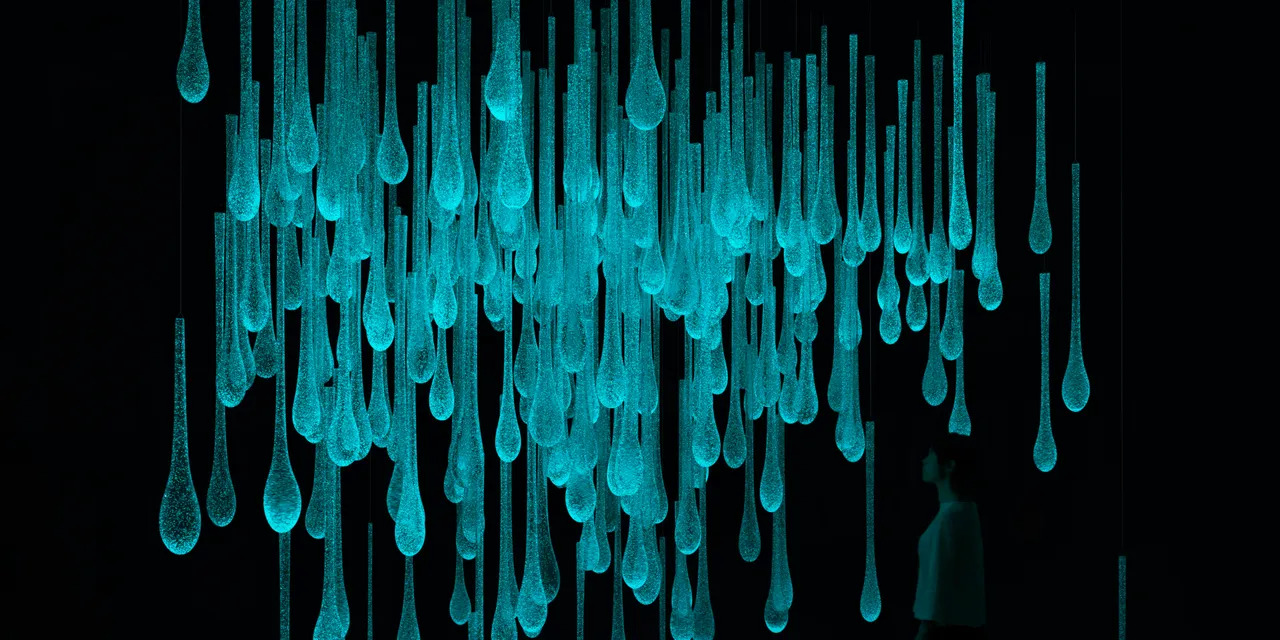

Interior Design Trends
What Is Glass Art
Modified: February 18, 2024
Discover the latest interior design trends with glass art. Explore how glass art can elevate your space and add a touch of elegance to your interior design.
(Many of the links in this article redirect to a specific reviewed product. Your purchase of these products through affiliate links helps to generate commission for Storables.com, at no extra cost. Learn more)
Introduction
Glass art is a captivating and versatile form of artistic expression that has been cherished for centuries. It encompasses a wide array of techniques and styles, ranging from delicate stained glass windows to intricate glass sculptures. The allure of glass art lies in its ability to capture and manipulate light, creating mesmerizing visual effects that enchant and inspire viewers.
Throughout history, glass art has evolved and adapted, reflecting the cultural and technological advancements of each era. Today, it continues to captivate audiences with its timeless beauty and innovative designs. From traditional glassblowing to contemporary fused glass, the art form has expanded to encompass a diverse range of styles and applications.
As we delve into the world of glass art, we will explore its rich history, the various types and techniques employed, and the influential artists who have left an indelible mark on the medium. Additionally, we will examine the role of glass art in contemporary society, shedding light on its enduring significance and relevance in the modern world.
Join us on a journey through the shimmering realm of glass art, where creativity knows no bounds and the interplay of light and color gives rise to breathtaking works of art.
Key Takeaways:
- Glass art, from stained glass to sculptures, has a rich history dating back to ancient civilizations. It continues to captivate with its transformative power of light, color, and form, inspiring awe and creativity.
- Famous glass artists like Dale Chihuly and Lino Tagliapietra have reshaped the landscape of contemporary glass art, inspiring generations of artists. Glass art plays a multifaceted role in society, enriching architecture, culture, and personal expression.
Read more: How To Make Glass Wall Art
History of Glass Art
The history of glass art is a captivating tapestry woven with innovation, creativity, and cultural significance. Dating back to ancient civilizations, the origins of glass art can be traced to Mesopotamia, where the art of glassmaking first emerged around 3500 BCE. Initially, glass was primarily utilized for practical purposes, such as crafting beads and vessels. However, as the art of glassmaking advanced, it began to transcend its utilitarian origins and evolve into a medium for artistic expression.
The ancient Egyptians further refined the art of glassmaking, pioneering the production of exquisite glass vessels and ornaments. Their mastery of glassblowing techniques revolutionized the medium, enabling the creation of intricate and ornate glass objects that showcased remarkable craftsmanship.
During the Roman Empire, glass art flourished, with artisans producing an array of stunning glassware, including mosaic glass and cameo glass. The Romans' innovative use of glass in architecture, such as the creation of elaborate glass mosaics, demonstrated the versatility and aesthetic appeal of the medium.
The Middle Ages witnessed the emergence of stained glass as a prominent form of artistic expression, particularly in the context of religious architecture. Magnificent stained glass windows adorned cathedrals and churches, serving as visual narratives that conveyed religious stories and moral teachings through vibrant colors and intricate designs.
The Renaissance period marked a resurgence of interest in glass art, with Italian maestros elevating the craft to new heights of sophistication and artistry. The Venetian island of Murano became renowned for its glassmaking prowess, producing exquisite glassware and chandeliers that epitomized elegance and opulence.
In the modern era, the art of glassmaking has continued to evolve, embracing innovative techniques and pushing the boundaries of creativity. From the pioneering work of artists such as Dale Chihuly, known for his monumental glass installations, to the contemporary fusion of traditional craftsmanship with cutting-edge technology, glass art remains a vibrant and dynamic medium that continues to captivate and inspire.
The history of glass art is a testament to the enduring allure of this mesmerizing medium, showcasing the ingenuity and artistry of generations past while inspiring new generations of artists to push the boundaries of what is possible with glass.
Types of Glass Art
Glass art encompasses a diverse array of styles and techniques, each offering a unique and captivating expression of creativity. From the delicate beauty of stained glass to the mesmerizing allure of glass sculptures, the world of glass art is rich and multifaceted. Let's explore some of the prominent types of glass art that have captivated audiences throughout history and continue to inspire contemporary artists.
-
Stained Glass: Stained glass art has a rich and storied tradition, dating back to medieval times when it adorned the windows of grand cathedrals and churches. This art form involves the assembly of colored glass pieces to create intricate designs and pictorial scenes. The interplay of light through the vibrant hues of stained glass imparts a transcendent quality, casting a kaleidoscope of colors that evoke a sense of awe and reverence.
-
Glassblowing: Renowned for its mesmerizing and dynamic process, glassblowing is a time-honored technique that involves shaping molten glass using a blowpipe and various tools. This method allows artists to craft a wide range of glass objects, from delicate vessels to elaborate sculptures. The fluidity and malleability of molten glass lend a sense of fluidity and grace to the finished pieces, capturing the essence of movement frozen in time.
-
Fused Glass: Fused glass art involves the layering and fusing of individual glass pieces through the application of heat, resulting in stunning compositions that showcase a harmonious blend of colors and textures. This versatile technique allows artists to create an array of objects, including jewelry, decorative tiles, and intricate panels. The interplay of light and transparency in fused glass pieces adds a captivating dimension to the artwork, infusing spaces with a sense of luminosity and vibrancy.
-
Glass Sculpture: Glass sculpture represents a captivating fusion of artistry and technical skill, as artists harness the inherent translucency and luminosity of glass to create breathtaking three-dimensional forms. Whether through the manipulation of molten glass or the meticulous assembly of individual components, glass sculptures captivate viewers with their ethereal beauty and intricate detailing. From abstract compositions to figurative representations, glass sculptures push the boundaries of creativity and craftsmanship.
-
Lampworking: Lampworking, also known as flameworking, is a meticulous and intricate technique that involves the manipulation of glass rods and tubes using a high-temperature torch. This method allows artists to create intricate glass beads, figurines, and small-scale sculptures with remarkable precision and detail. The art of lampworking showcases the versatility of glass as a medium for miniature yet exquisitely detailed creations.
The world of glass art is a testament to the boundless creativity and technical virtuosity of artists who continue to push the boundaries of the medium, infusing it with innovation and artistic expression. Each type of glass art offers a captivating glimpse into the transformative power of light, color, and form, inviting viewers to immerse themselves in a world of luminous beauty and artistic ingenuity.
Techniques Used in Glass Art
Glass art encompasses a diverse range of techniques that showcase the remarkable versatility and expressive potential of this captivating medium. From time-honored traditional methods to innovative contemporary approaches, glass artists employ a variety of techniques to shape, manipulate, and transform molten glass into stunning works of art. Let's explore some of the prominent techniques used in glass art, each offering a unique avenue for artistic expression and technical mastery.
-
Glassblowing: Renowned for its mesmerizing and dynamic process, glassblowing is a time-honored technique that involves shaping molten glass using a blowpipe and various tools. This method allows artists to craft a wide range of glass objects, from delicate vessels to elaborate sculptures. The fluidity and malleability of molten glass lend a sense of fluidity and grace to the finished pieces, capturing the essence of movement frozen in time.
-
Fusing and Slumping: Fused glass art involves the layering and fusing of individual glass pieces through the application of heat, resulting in stunning compositions that showcase a harmonious blend of colors and textures. Slumping, a related technique, involves shaping glass by allowing it to soften and conform to a mold through controlled heating. These techniques enable artists to create a diverse array of objects, including decorative tiles, jewelry, and sculptural elements, each infused with a captivating interplay of light and transparency.
-
Stained Glass Construction: Stained glass art involves the assembly of colored glass pieces to create intricate designs and pictorial scenes. This technique requires meticulous craftsmanship and precision, as artists carefully select and cut individual glass pieces before assembling them using lead came or copper foil. The resulting stained glass panels and windows exhibit a timeless allure, casting vibrant hues and ethereal patterns as light passes through them.
-
Lampworking: Also known as flameworking, lampworking is a meticulous and intricate technique that involves the manipulation of glass rods and tubes using a high-temperature torch. This method allows artists to create intricate glass beads, figurines, and small-scale sculptures with remarkable precision and detail. The art of lampworking showcases the versatility of glass as a medium for miniature yet exquisitely detailed creations.
-
Coldworking: Coldworking encompasses a range of techniques used to shape and finish glass without the use of heat. This includes processes such as cutting, grinding, polishing, and etching, which allow artists to refine the surface texture and appearance of glass objects. Coldworking techniques are often employed to add intricate detailing and texture to glass sculptures, vessels, and decorative pieces, enhancing their visual and tactile appeal.
The world of glass art is a testament to the boundless creativity and technical virtuosity of artists who continue to push the boundaries of the medium, infusing it with innovation and artistic expression. Each technique offers a captivating glimpse into the transformative power of light, color, and form, inviting viewers to immerse themselves in a world of luminous beauty and artistic ingenuity.
Famous Glass Artists
The world of glass art has been enriched by the visionary talents of renowned artists whose innovative work has left an indelible mark on the medium. These pioneering individuals have pushed the boundaries of glass art, elevating it to new heights of creativity and technical mastery. Their contributions have not only shaped the trajectory of the art form but have also inspired generations of artists to explore the expressive potential of glass. Let's delve into the captivating realm of famous glass artists, each celebrated for their distinctive vision and transformative impact on the art world.
Read more: How To Store Stained Glass Sheets
Dale Chihuly
Dale Chihuly stands as a towering figure in the realm of contemporary glass art, renowned for his monumental glass installations that captivate and awe audiences worldwide. His bold and innovative approach to glassblowing has redefined the possibilities of the medium, as he fearlessly explores the interplay of form, color, and light on a grand scale. Chihuly's iconic works, characterized by their organic shapes and vibrant hues, have graced prestigious museums, public spaces, and architectural settings, cementing his legacy as a trailblazer in the world of glass art.
Lino Tagliapietra
Hailing from the esteemed tradition of Murano glassmaking, Lino Tagliapietra has garnered international acclaim for his masterful glassblowing expertise and unparalleled artistic vision. His exquisite glass vessels and sculptures exemplify a harmonious fusion of traditional craftsmanship and contemporary innovation, showcasing a meticulous attention to detail and a profound understanding of form and proportion. Tagliapietra's contributions to the art of glassblowing have earned him widespread recognition as a luminary in the field, inspiring admiration and reverence for his unparalleled skill and artistic sensibility.
Toots Zynsky
Toots Zynsky has carved a distinctive niche in the world of glass art with her pioneering work in the realm of glass threads and filet-de-verre technique. Her signature sculptural vessels, characterized by their vibrant and undulating forms, push the boundaries of traditional glass art, offering a mesmerizing exploration of color, texture, and translucency. Zynsky's innovative approach to glass art has garnered international acclaim, as her evocative creations continue to captivate audiences with their ethereal beauty and dynamic visual impact.
Stanislav Libenský and Jaroslava Brychtová
The collaborative work of Stanislav Libenský and Jaroslava Brychtová represents a groundbreaking fusion of glass sculpture and architectural design, redefining the possibilities of cast glass as a medium for artistic expression. Their monumental glass installations, characterized by their monumental scale and ethereal luminosity, have graced public spaces and cultural institutions, leaving an enduring legacy that transcends the boundaries of traditional glass art. Libenský and Brychtová's visionary contributions have reshaped the landscape of contemporary glass sculpture, inspiring awe and admiration for their transformative impact on the medium.
These visionary artists represent a mere glimpse into the rich tapestry of talent and innovation that defines the world of glass art. Their groundbreaking work serves as a testament to the enduring allure and expressive potential of glass as a medium for artistic exploration, inspiring audiences and aspiring artists alike to embrace the transformative power of light, color, and form in the captivating realm of glass art.
Read more: What Is A Glass Rose
The Role of Glass Art in Contemporary Society
In contemporary society, glass art plays a multifaceted and influential role, transcending traditional boundaries to enrich diverse facets of human experience. As a medium that seamlessly merges artistic expression with technical virtuosity, glass art serves as a catalyst for cultural enrichment, architectural innovation, and personal inspiration.
One of the most prominent roles of glass art in contemporary society is its contribution to architectural and urban landscapes. From iconic skyscrapers adorned with stunning glass facades to public spaces enhanced by monumental glass installations, the integration of glass art in architectural design has redefined the visual and experiential dimensions of urban environments. Glass structures, characterized by their luminous transparency and dynamic interplay of light, create immersive and visually captivating spaces that resonate with modern sensibilities.
Furthermore, glass art serves as a powerful vehicle for cultural expression and storytelling, fostering a deep sense of connection and identity within communities. Stained glass windows in religious and secular settings continue to convey timeless narratives and spiritual symbolism, transcending generations to impart a sense of awe and contemplation. Additionally, public art installations and sculptures crafted from glass serve as vibrant expressions of local heritage and artistic innovation, fostering a sense of pride and cultural resonance within diverse societal contexts.
In the realm of interior design and personal expression, glass art assumes a pivotal role in shaping aesthetic environments and evoking emotional resonance. From exquisite glass sculptures that serve as focal points in residential and commercial spaces to functional glassware that marries form and function, glass art infuses living spaces with a sense of elegance, sophistication, and individuality. The transformative power of glass art lies in its ability to imbue everyday surroundings with a transcendent beauty that elevates the human experience.
Moreover, the educational and inspirational impact of glass art in contemporary society cannot be overstated. Glass art studios and educational institutions provide platforms for aspiring artists to hone their craft and explore the expressive potential of the medium, fostering a vibrant community of creativity and innovation. Through workshops, exhibitions, and public demonstrations, glass artists engage with audiences of all ages, igniting a passion for artistic exploration and nurturing an appreciation for the intricate artistry of glass.
In essence, the role of glass art in contemporary society extends far beyond its aesthetic appeal, encompassing a rich tapestry of cultural, architectural, and personal significance. As a medium that transcends boundaries and captivates the imagination, glass art continues to shape and enrich the fabric of modern society, leaving an enduring legacy of beauty, innovation, and inspiration.
Glass art is a form of art that involves shaping and manipulating glass to create decorative or functional pieces. It can include techniques like blowing, casting, and fusing glass to create unique and beautiful objects.
Conclusion
In conclusion, the world of glass art stands as a testament to the enduring allure of this mesmerizing medium, showcasing the boundless creativity and technical virtuosity of artists who continue to push the boundaries of the art form. From its ancient origins in Mesopotamia to its contemporary manifestations in architectural marvels and innovative sculptures, glass art has evolved and adapted, reflecting the cultural and technological advancements of each era.
The rich history of glass art, spanning millennia and encompassing diverse civilizations, underscores its enduring significance as a medium for artistic expression and cultural storytelling. The techniques employed in glass art, from the intricate craftsmanship of stained glass construction to the dynamic fluidity of glassblowing, offer a captivating glimpse into the transformative power of light, color, and form.
Famous glass artists such as Dale Chihuly, Lino Tagliapietra, Toots Zynsky, and the collaborative work of Stanislav Libenský and Jaroslava Brychtová have reshaped the landscape of contemporary glass art, inspiring awe and admiration for their transformative impact on the medium. Their visionary contributions have left an indelible mark on the art world, inspiring generations of artists to explore the expressive potential of glass and push the boundaries of creativity.
In contemporary society, glass art plays a multifaceted and influential role, transcending traditional boundaries to enrich diverse facets of human experience. Its integration in architectural design, cultural expression, interior design, and educational initiatives underscores its enduring relevance and impact on the fabric of modern society.
As we reflect on the captivating realm of glass art, it becomes evident that its allure lies not only in its aesthetic beauty but also in its ability to evoke emotional resonance, foster cultural enrichment, and inspire the imagination. The interplay of light and color within the translucent depths of glass continues to captivate and inspire, inviting audiences to immerse themselves in a world of luminous beauty and artistic ingenuity.
In essence, glass art stands as a timeless testament to the transformative power of creativity and craftsmanship, inviting us to behold the mesmerizing interplay of light and color that gives rise to breathtaking works of art. As the art form continues to evolve and captivate audiences, it reaffirms its enduring significance as a medium that transcends boundaries and enriches the human experience with its transcendent beauty and innovative spirit.
Frequently Asked Questions about What Is Glass Art
Was this page helpful?
At Storables.com, we guarantee accurate and reliable information. Our content, validated by Expert Board Contributors, is crafted following stringent Editorial Policies. We're committed to providing you with well-researched, expert-backed insights for all your informational needs.

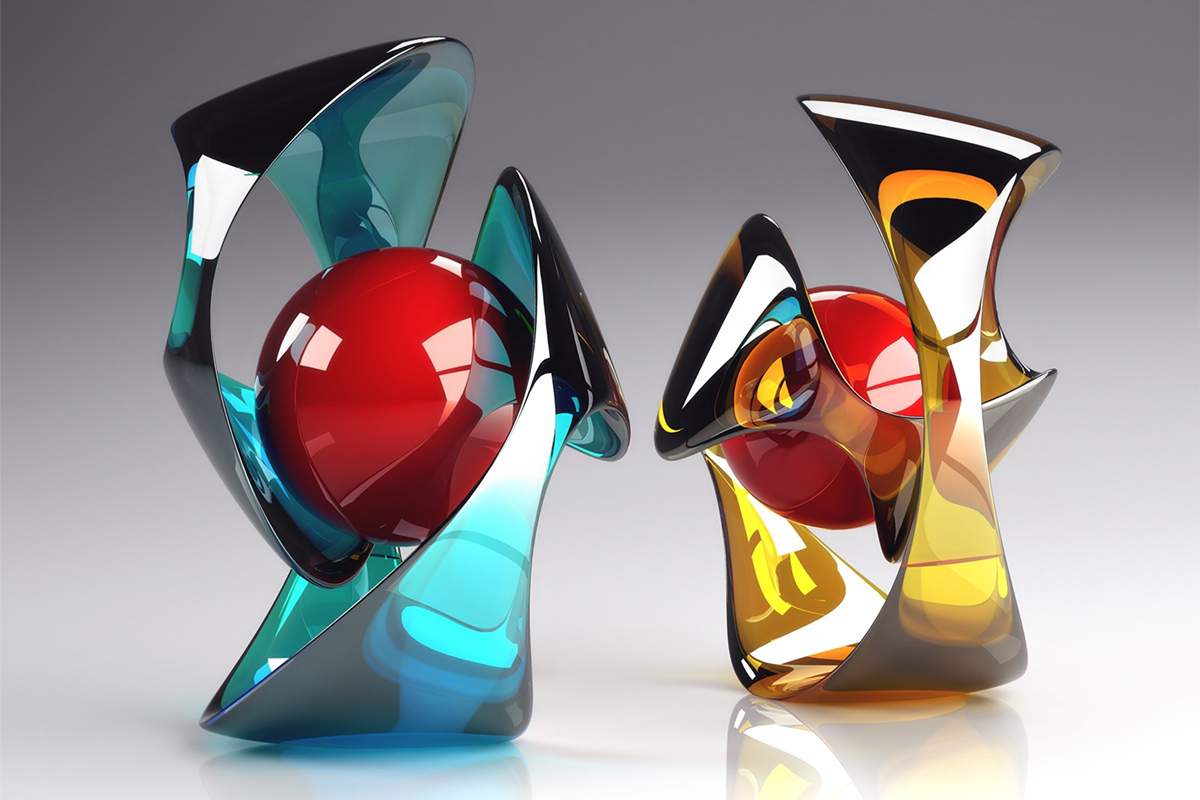

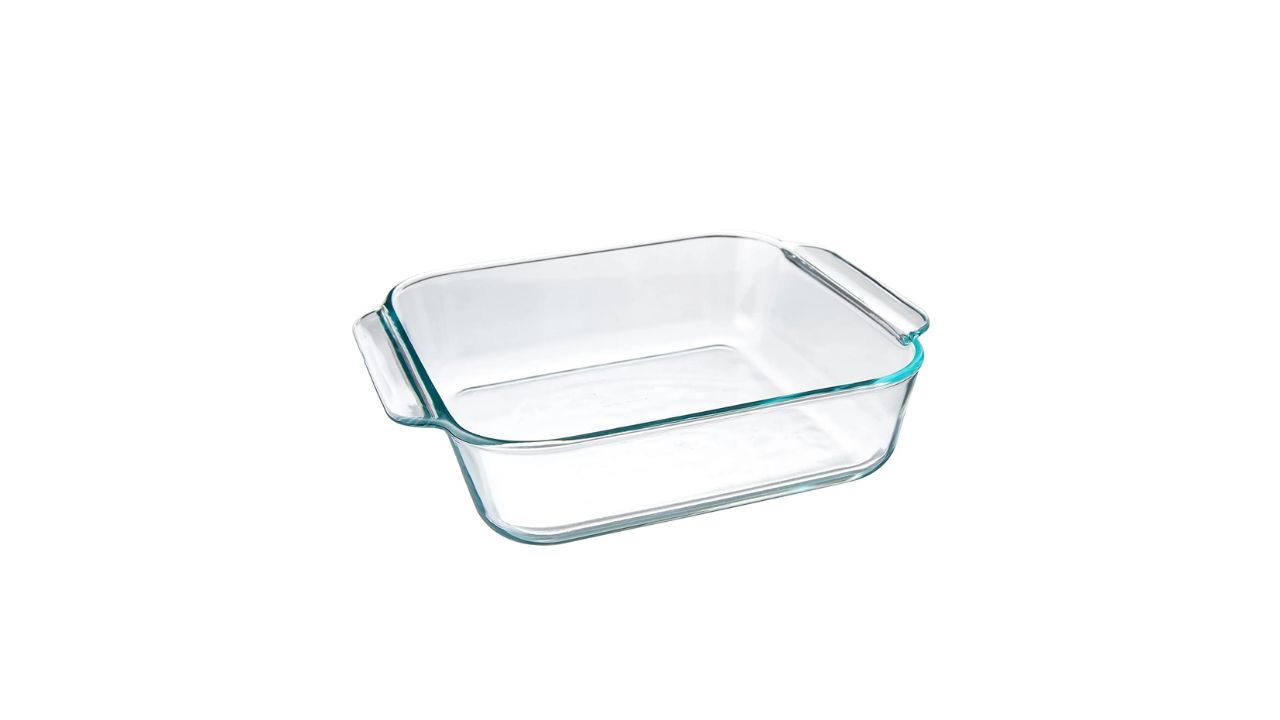

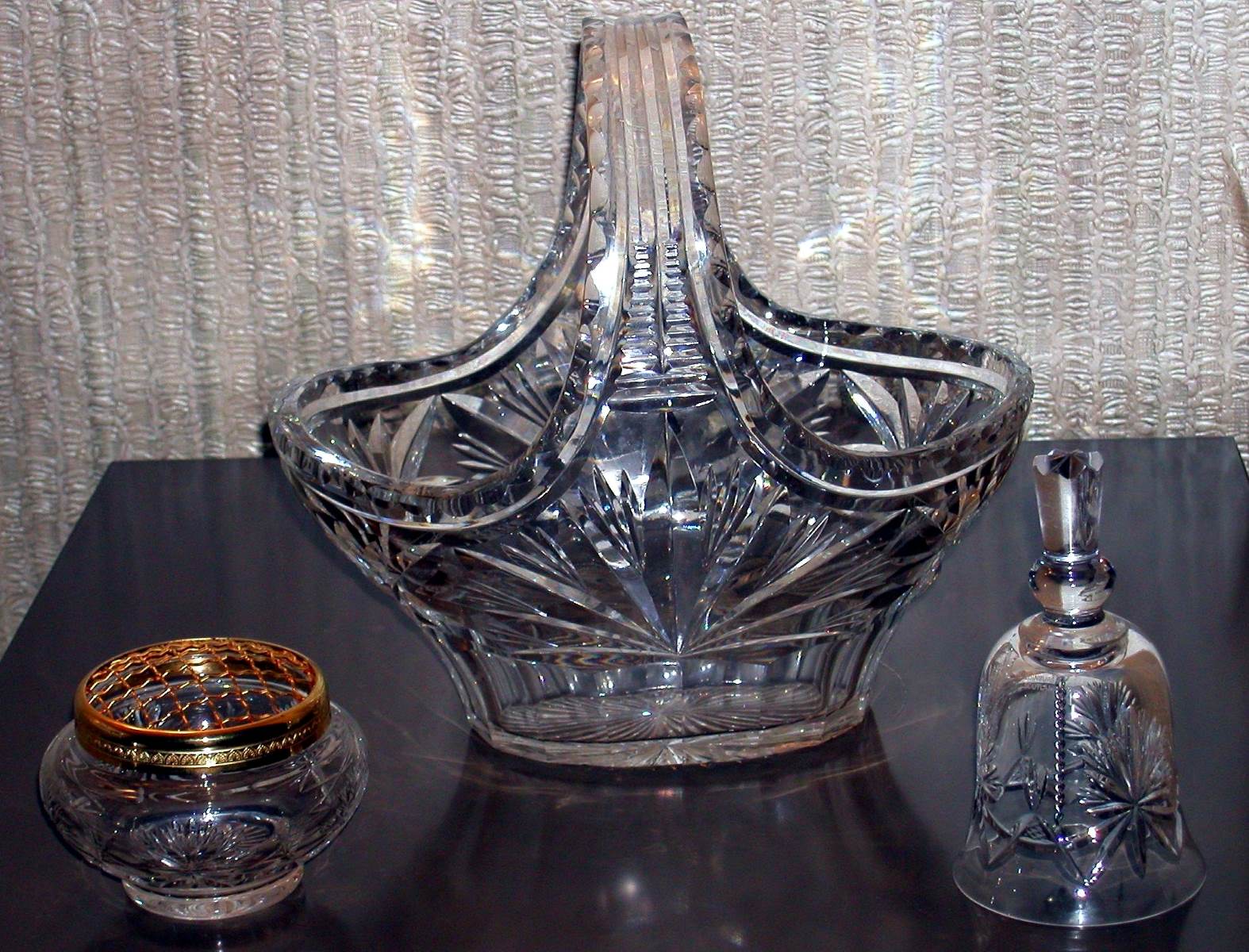
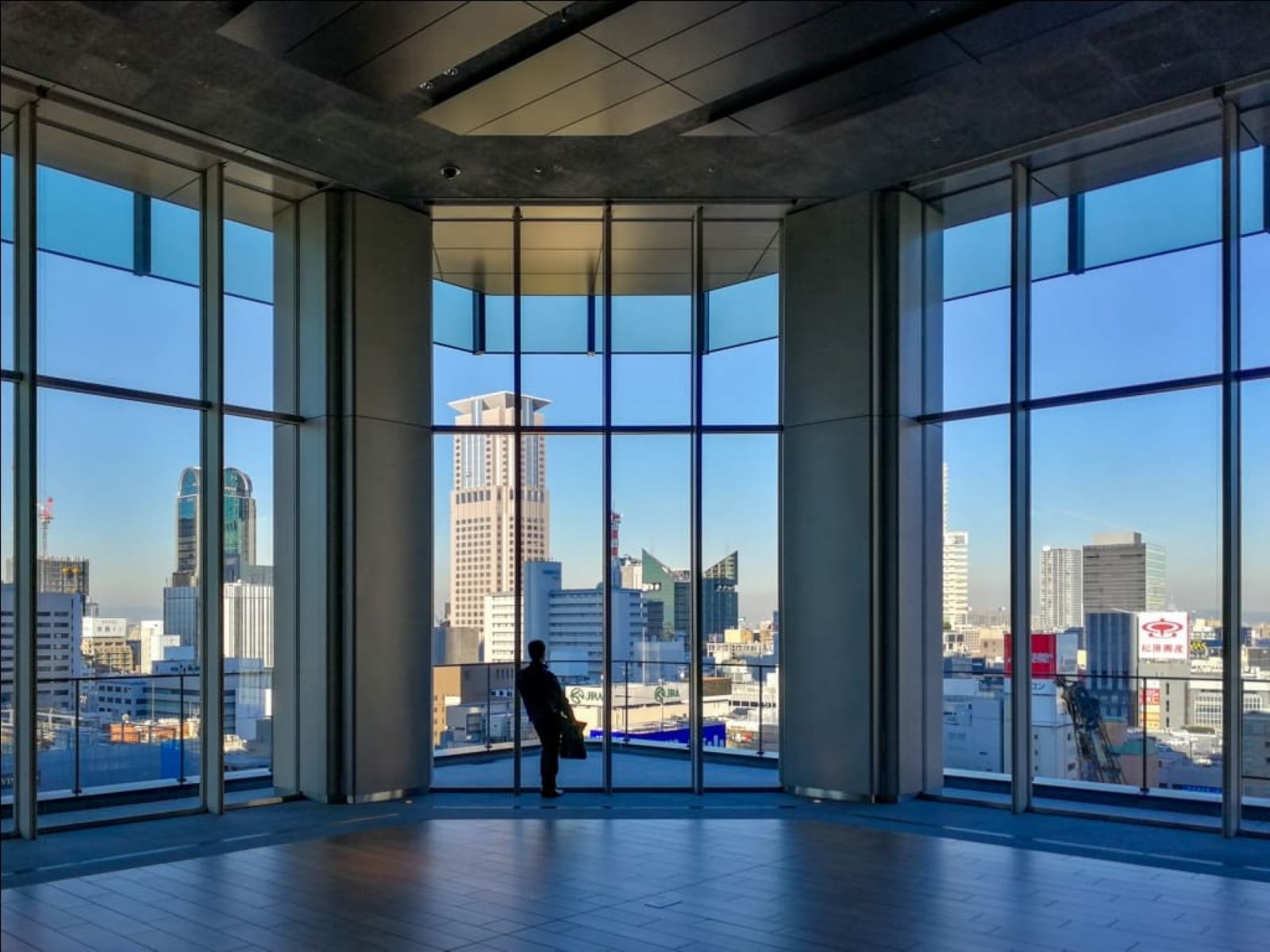

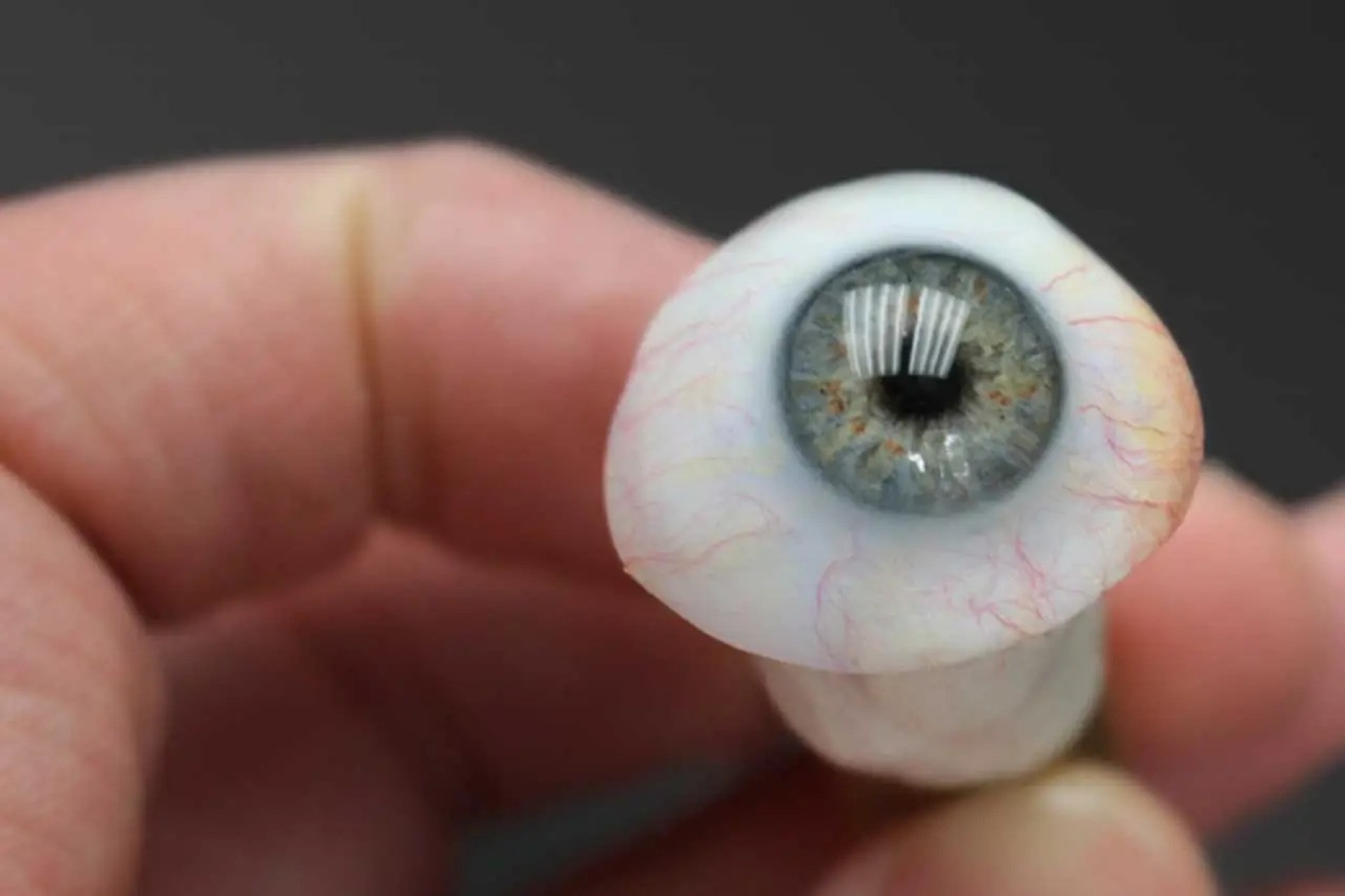
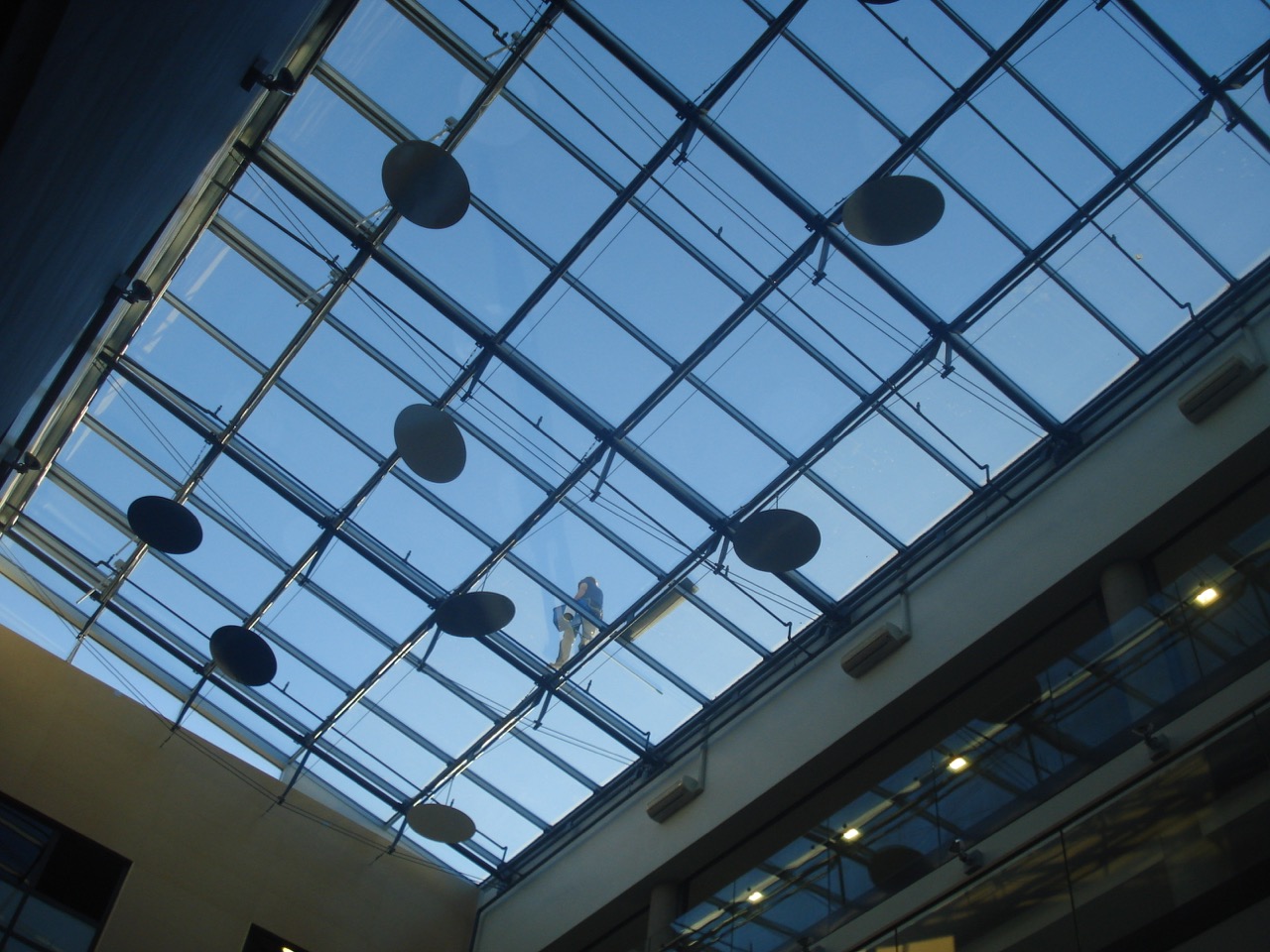


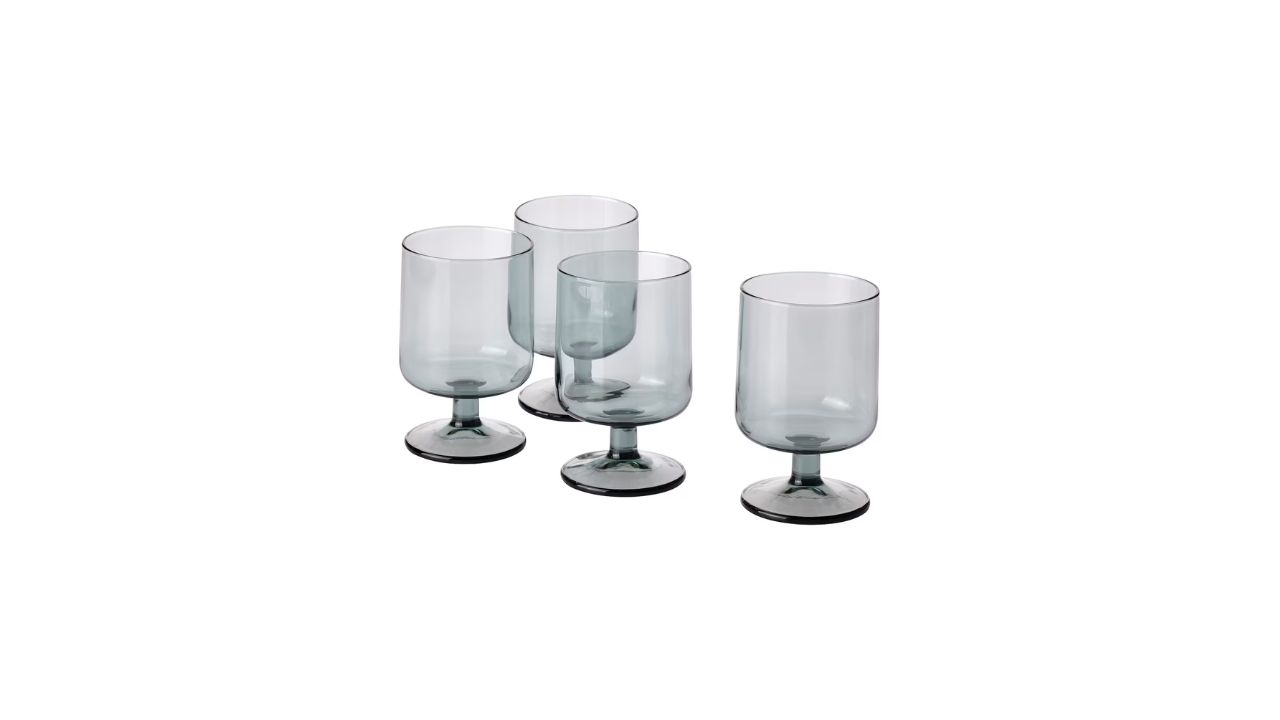

0 thoughts on “What Is Glass Art”